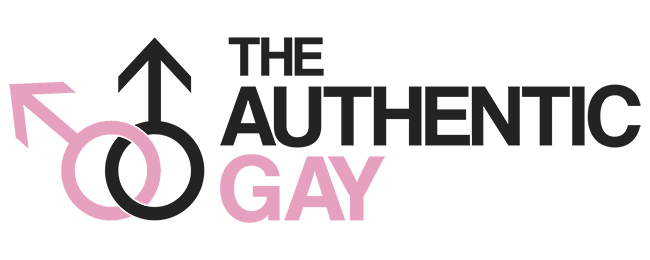Pink Capitalism is Not Our Friend
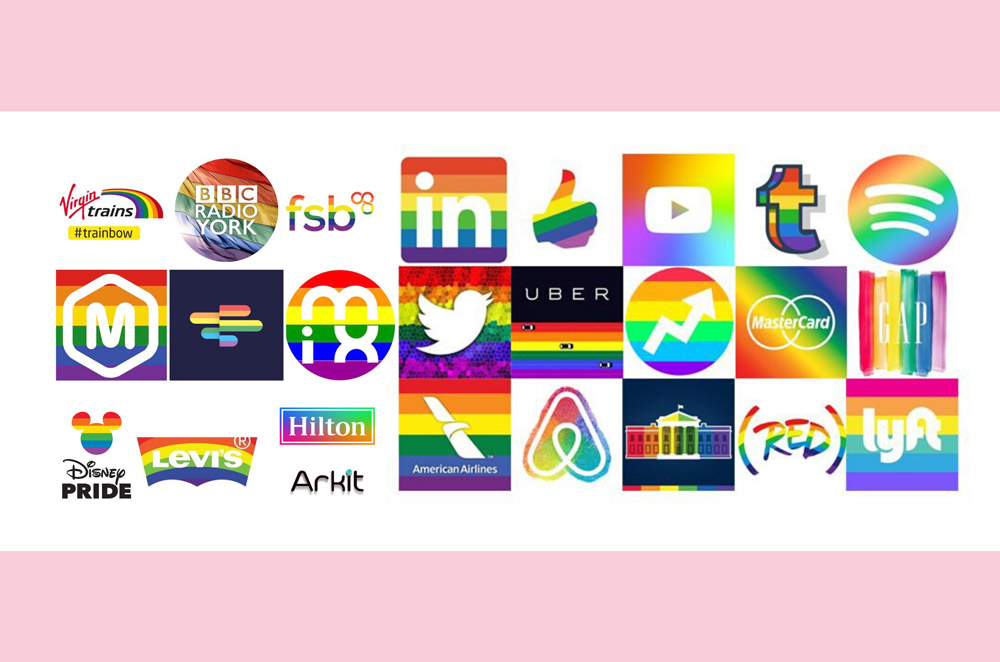
In the modern-day, we live in a markedly different period of history. I would go so far as to say that from a momentary glance, we are in a place between two worlds. One world is completely intolerant. Let us think back to the early-to-middle stages of capitalism. With the need for rapid reproduction of the working class, homophobia rose to become extremely prevalent in this period. The other world is characterized by complete queer liberation. Where everyone, unequivocally, is able to be queer, do queer things, and no one is persecuted, oppressed, or shunned due to their queer nature.
From a quick glance, it appears that we are past the age of complete intolerance, but haven’t quite arrived at absolute queer liberation. We are in between these two points. We have much more acceptance in our societies, yet, many people still hold queerphobic views. Some who come out of the closet are welcomed with open arms, while simultaneously people are disowned and subsequently become homeless for revealing who they are. In 29 nations gay marriage has been legalized, but in far more, homosexual acts in and of themselves are not legal. While in some countries a growing population supports queer rights and equality, it doesn’t appear that deeply queerphobic groups are going to away any time soon.
So we’re in this space of partial tolerance and liberation. Then, the question becomes: are we really moving towards true queer liberation?
Are We Really Moving Towards Queer Liberation
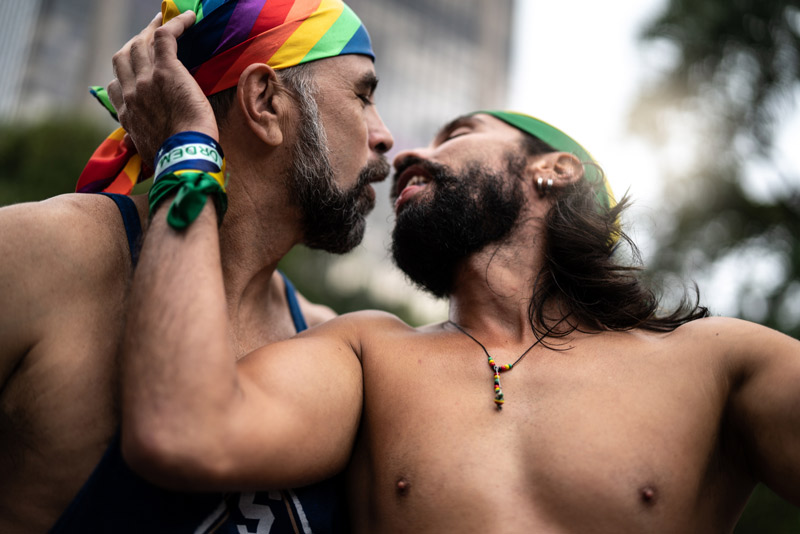
Well, from what I’ve said, it might sound like we are. It may sound like we are in a transitory time, where homophobia and heterosexism are slowly dying away, and that we are going to enter into a time that is filled with open queerness and liberty. Unfortunately, I don’t think that this is really what is going to happen, even if the trend suggests it. I think that the current climate around queerness can be characterized by confusion. I think that most of what is happening that seems to be good for the queer community is a mirage, and it is actually trying to confuse us into believing this false narrative.
Now don’t get me wrong, I think that there really has been progress made towards queer liberation. The advances that have been made are a big deal. Gay marriage, the equalization of the age of consent, the decriminalization of homosexuality, and protections that are now granted against hate speech are significant advances. However, it has to be said that these are simply not enough. Queer people still suffer greatly at the hands of society. The number of attacks on trans people is rising, not decreasing. People are still verbally abused and assaulted. Queer people are still disproportionately more likely to suffer from mental illness and self-harm. Unfortunately, these things still happen, and we can’t cover our eyes from them.
When I relay this kind of information to my queer friends, I can see their hearts hurting, but not all of them then try and do something about it. They are passive and seemingly complacent. They seem to think that if we just wait it out, bigots will go away, and new ones won’t take their place. It is admittedly a hard pill to swallow, and the more privilege you are afforded in the queer community, the more sheltered you are from the reality of the situation. Now, I could attribute this to any number of things, but the cause I’m going to discuss today is called pink capitalism, or the pink-washing of capitalism.
What is Pink Capitalism?
To put it simply, pink capitalism refers to the use of queerness as a means to generate more profits. It utilizes the queer community to create more consumable products in order to gain capital. A fundamental part of pink capitalism is the understanding that as capitalism progresses, a culture of queer liberation will arise as a natural part of the progression of capitalism. In effect, it is just another form of capitalism that tries to make itself seem woke and progressive.
It is slightly different from normal capitalism in that it has a particular agenda, which is to target a specific demographic – the white, gay, middle-class population. It creates a new market based around this group of people, with accessories, services, commodities specifically produced for this group. The reason why this group is targeted in particular is due to how much purchasing power the members of this portion of the queer community have. Many queer people who are of a racial minority or are part of the working class are less likely to have any kind of measurable purchasing power – they don’t have enough savings or income to be worth advertising to. Pink capitalism ultimately ignores these intersectional experiences, and instead focuses primarily on the white, gay, middle-class members of the queer community.
Another important goal of pink capitalism is to justify the place that capitalism has in society. It argues that under capitalism, things are improving for everyone and that we needn’t fret about overturning the system and changing the status quo too much. Pink capitalism tries to sell the story that “In due time, everything will be good – not just good, but great.” It tries to lead the queer community to believe that the trend of acceptance, tolerance, and advances for queer liberation isn’t being stopped by capitalism.
What Does Pink Capitalism Look Like?
If we look at almost anything sold to us by a business that is outwardly targeted towards queer people, we can pretty much be sure that pink capitalism is at work there. Many companies now try to sell explicitly ‘gay’ commodities to us. Everything from soap to socks and picture frames to pencils can be found in a ‘gay’ form, bedazzled with rainbows, or any other assortment of queer colors.
Not to mention, pink capitalism has also fundamentally changed the purpose of Pride. In short, Pride was an event of radical politics on the emancipation of the queer community. Originally, it was not just about celebration, having fun, and partying. Instead, it was about radical politics, it was about winning gay rights, and more importantly, advancements for queer liberation. Now, the nature of Pride has changed. The radical politics are nowhere to be seen – it’s almost completely an apolitical event. It’s become an event of assimilation, and the queer people are simply falling in line.
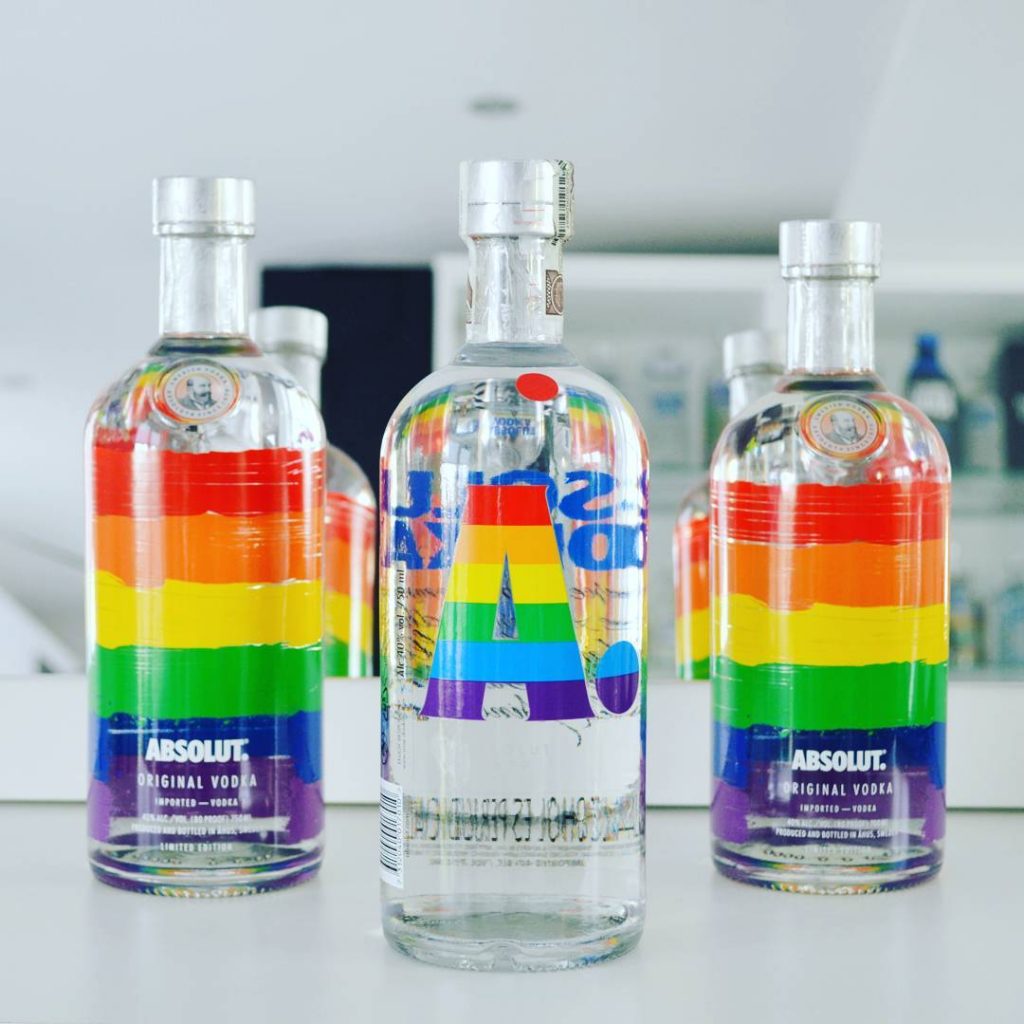
For years, Pride has been dominated by pink capitalism, and the culture that has been spread as a result is astounding. Going to Pride, you’re never going to miss the massive floats and the sponsorships by big corporations (take Absolut Vodka’s 30-year history of Pride sponsorships and advertising). You probably won’t miss the fact that you have to pay to march as well. Police, an institution that has traditionally been oppressors of queer people, are welcomed with open arms into the parade. White men have become the public face of Pride. Pride is in a stranglehold, and they’ve been put there by pink capitalism.
It doesn’t end there though. Think about gay characters in TV shows, movies, books, and other forms of media and entertainment. Many of these are outwardly targeted towards queer people in some capacity. Most of these only add in a gay person as a token, as if to say, “Hey! We’ve got a gay person here! Look at us, we’re so progressive!” while only a few genuinely try to create an experience that is deeply resonant with the community. In recent times, there have been quite a few movies that try to do exactly this, to varying degrees of success. 2017’s Call Me By Your Name, 2018’s Love Simon, and the more recent Love, Victor (released this year) are the first ones to jump to mind. All of these have queer characters and feature a gay experience as a central plot point. It was clear that it wasn’t only trying to tell the story of a gay person, it was also a decision to mobilize a large number of queer people to consume the product. It had worked.

When announcements for Love, Simon came out, I remember a massive amount of excitement in the queer community. Finally, there was a movie that combined the idea of a coming-of-age story with coming out of the closet. Finally, there was a kind of mainstream movie that showed a gay protagonist and not just a random gay character whose only personality trait is being gay. I think that this is exactly the response that 20th Century Fox wanted. It meant that the movie was pretty much destined for box office success.
Queerbaiting could also be said to be a way that we can see pink capitalism. Making characters that appear that they could be queer increases the levels of viewership overall, which is the primary goal for TV broadcasting networks. It entices the viewer to ask “are they or aren’t they?” and this question brings people to watch the show, believing in the promise of a queer character. Unfortunately, as the queer community has seen again and time again, when it comes down to it, networks always deny any claims of those characters being queer.
Is this a helpful thing for the queer community?
In some ways, it often seems like a good thing. In terms of media representation, this brings an overall net increase in visibility for the queer community. So, in part, it appears to be somewhat helpful. But let’s not stop at this conclusion, let’s dig a little deeper to see if this is actually the case.

I mentioned Love, Simon earlier as an example of a movie that was centralized around a gay character, with a storyline that focused on a queer issue – the highly-relevant issue of coming out. It was massively popular and very welcome, but there are many criticisms of it that must not be ignored. The most important of which (for this discussion) is that it is presented for a straight audience in mind. It is made to be palatable for our neoliberal society, for any person. This means that the main character, Simon, is a white, upper-class male who just knows that he is gay. It presents a very one-sided reality. It puts aside all of the intersectional experiences of the queer community and puts the entire community into Simon, a character that is agreeable for most people. It ignores the realities of the unpleasant, the unpalatable, washing away all of the behaviors that the majority would call disgusting, but is nonetheless part and parcel of the queer community.
Pink Capitalism Reduces People to Stereotypes
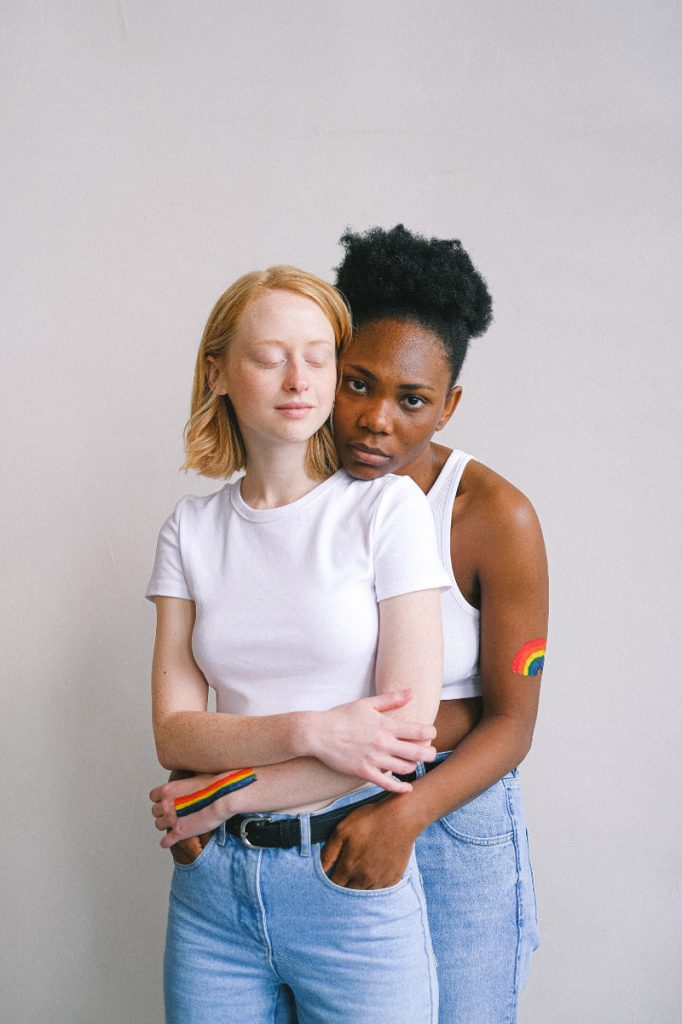
This is one of the harmful things about pink capitalism. More often than not, pink capitalism is incredibly reductionist of the queer community. It generalizes the entire queer experience, making it a highly simplified and minimized experience. It puts specific ideas about queer people in our minds. When thinking of a gay male, one inevitably thinks of the white, flamboyant, high-pitched male that makes a pass at every handsome man that walks past him. Or, when thinking of a lesbian, one almost always thinks of the butch, masculine, leather jacket-wearing female who is strong, humorless, and cold. For most people, the other forms of lesbian presenting go unnoticed, and the other shapes that gayness takes are ignored. Pink capitalism teaches us that we can tell if someone is gay through the clothes that they wear, the way they speak, the hairstyle they have, if they have painted nails or not, and, in general, how they present themselves.
These are typical ideas that pink capitalism tries to reinforce through its products, the consumerism it creates, and the advertising strategies it uses. Suffice to say, it isn’t healthy for the queer community that pink capitalism is doing this. The wide diversity of the queer community is a core part of the community – and in a way, it has to be inclusive. The fact is that pink capitalism has undermined this. To be gay, one has to do certain things, wear certain clothes, to walk the path that has been paved, instead of the path that is unique to oneself. Pink capitalism brushes all the diversity, differences, uniqueness of the queer community under a rug, and on top of it, it places a monolith – the stereotypical queer.
Pink Capitalism is Disproportionally Harmful to Minorities
It should be obvious that pink capitalism is harmful to the community as a whole, but it is particularly damaging to the racial minorities within the queer community. The ideas that pink capitalism presents and supports only encompass a tiny portion of the queer community. It leaves out almost all racial minorities, and it tries to make it appear that they aren’t even part of the equation.
Earlier, I talked about how Pride has changed a lot in comparison to its original purpose, and this is precisely one of the ways that intersectional queers – queer people that occupy more than one minority group are oppressed by pink capitalism. Pride, though technically started by intersectional queers, has started to leave out these racial minorities.
In Toronto, in July 2016, Black Lives Matter activists stalled Pride for exactly this reason. Black people had been left on the wayside, not represented, and for all intents and purposes, erased. They had been ignored. Fortunately for them, their sit-in worked. Unfortunately, that is a single place across the world. “Anti-blackness” was a term that they used to describe the sentiments of the Toronto Pride, and undoubtedly, this is replicable in other Pride Parades. Pink capitalism is one of the ways in which this is amplified, and the erasure and oppression that is forced upon black people are created.
Pink Capitalism White-Washes the LGBT Community

The presentation of gay people has almost always been white, which makes sense. If you are making a TV series, a movie, a graphical novel, any form of entertainment, it only makes financial sense for you to create a character that your target demographic wants. As I have previously stated, that demographic is the white, gay middle-class. So, white queers are almost the only ones that people see. Even though there’s a wealth of intersectional experiences in the queer community, almost none of those are displayed for the public. After all, when was the last time that we saw a queer Muslim? They surely exist, people have met them, but they don’t end up on our TV screens, our social media feeds, so ultimately, most people assumed they’re not there. That they don’t exist.
For a community that is based around being inclusive of gender and sexuality diverse people, pink capitalism is making it a whites-only community. As a queer Asian, I have to say that I’ve never truly felt like I am part of the queer community. I’ve always felt out of place in the queer community like I don’t belong. The reason for this is that I don’t display the prescribed sets of behaviors that everyone else appears to do, most of which are linked to living a ‘white’ lifestyle, importing a bunch of things that white people do and are able to do on a daily basis. These things are carried over to the queer community by pink capitalism, and they are things that exclude people from feeling truly integrated into the community.
Pink Capitalism Distorts Our Measure of Genuine Progress
The final harm that I want to outline is also the one that I started off talking about – confusion. The queer community thinks that it is in a good position, that things are getting better, and that there will be an endless march of progress, even if most people don’t do anything. There’s just wishful thinking, and no action is taken a lot of the time.
As I have previously stated, pink capitalism causes a lot of harm that we see today. Stereotyping and reductionism, as well as the marginalization of racial minorities in queer communities, is, by and large, caused by pink capitalism. The thing is, these harms can only be seen when deeply pondering, analyzing, and critically thinking – this takes real effort, whereas it’s easier for most people to rely on surface information. On the surface, the stereotyping just looks like media representation – it doesn’t look like stereotyping at all when done well. And from a glance, marginalization just looks like normal queerness, and that people are proud of themselves and are accepting of themselves. Pink capitalism appears to be positive when taken at face value. It seems to do good things for the queer community and is overall creating a better future in which queer liberation exists. But, if we look a bit deeper, all of those positives are overshadowed by the negatives that it brings.
And that is the biggest negative of all. It creates the illusion that things are getting better, and that we don’t need to fight anymore. Not only is this dangerous thinking – it couldn’t be further from the truth.
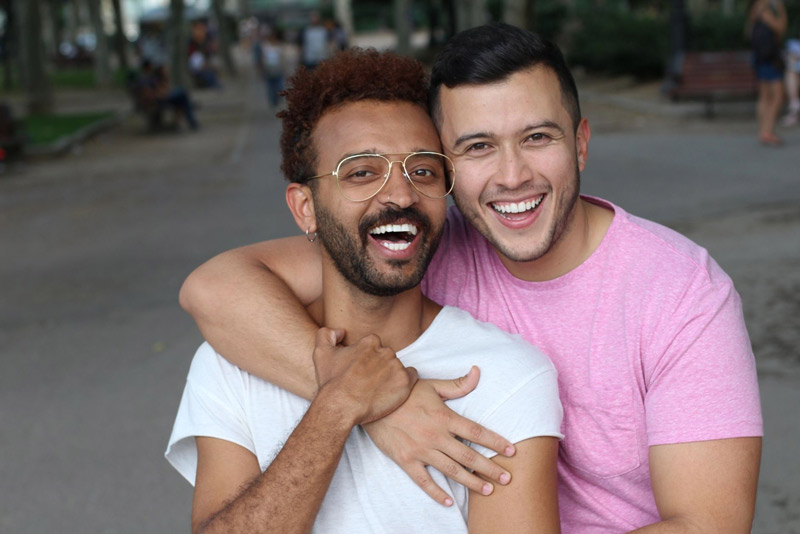
No positive change has ever occurred without a fight for rights, without protest, without a mass movement of people. We need to keep fighting for our rights if anything is to be done. Gay rights were not spontaneously given to us – we demanded and fought for them. We have continuously fought for them, and behind almost every liberty that has been ‘granted’ to us, there is a long narrative of us battling against the people at the top.
Pink capitalism has done nothing for us – we have done all the work. All it has done is coasted the wave of queer acceptance used the queer community as consumers and advertising proxies. Pink capitalism has tried to hush the masses and has turned radical events like Pride into something that is devoid of all the original meaning while silencing the people that truly do want to fight for queer liberation in a meaningful way.
Pink capitalism makes the realities of queerphobia fade away, or at the very least, minimized the struggles of queer people. It makes us believe that things are just naturally getting better, devoid of the display of real activism. That more people are becoming tolerant or accepting, and that we are on our way to total queer liberation. It confuses the queer community into thinking “what we have is enough, and what is being done is enough,” when it is clearly not.
What Can We Do?
If there is a single takeaway message that I want people to walk away with, it is that pink capitalism is not our friend. It may seem like what we trade in return for visibility is worth it, but these concessions are exactly those that contribute to queer oppression. We shouldn’t endorse all the actions of pink capitalism, and instead, we should look at it critically, and as always, take it with a grain of salt. The main goal of pink capitalism is not queer liberation, it’s making money.
If I could offer another message, it would be to never stop fighting for queer rights, and not only queer rights, but against the systemic reasons why queerphobia, heterosexism, and heteronormativity exists. Attend protests, attend rallies, attend demonstrations, attend marches. Show public support for the intersectional queers that are left out of the queer narrative and join in their struggle. Show solidarity with everyone in the queer community that is oppressed.
Author Bio: Peter Wang is a queer guy from Melbourne who hopes that a more nuanced perspective on issues can create change. He hopes to encourage people to fight back against oppression. He’s on the younger side, and hopes that in his lifetime, we can reach a better world.
